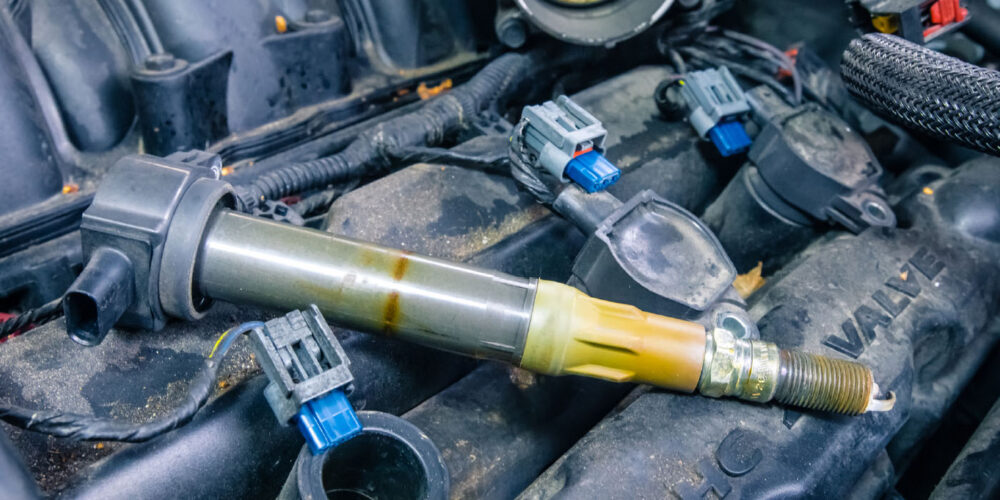Question: How do you replace a cabin air filter?
Answer: First you have to find it. The cabin air filter is usually located behind the glove box or at the base of the windshield in the cowl area over the HVAC inlet duct. The exact location can be found in the vehicle owner’s manual or a filter reference guide.
On most Fords, the filter is located under the hood in the cowl area. On Chrysler models, it is located under the dash. On GM products, it might be under the hood (Impala, Lumina and Monte Carlo), under the dash (Avalanche, Silverado, Suburban and Tahoe) or behind the glove box (Venture). On Toyota, Lexus, Nissan and most Honda models, you’ll find the filter behind the glove box.
On vehicles where the cabin air filter is mounted under the cowl at the base of the windshield, some disassembly may be required to replace the filter. This may involve removing a plastic cowl cover. The area around the filter usually collects debris, so this area should be cleaned to remove any leaves, bugs or other debris before the old filter is pulled out. This will prevent any contaminants from falling into the HVAC inlet duct.
On vehicles where the filter is located behind the glove box, the glove box may have to be removed to replace the filter. On others, the filter can be accessed from under the dash and pulled out of a slot in the HVAC unit.
Most cabin air filters are flat-panel filters, but some have unusual shapes, so they will fit the HVAC inlet duct. Some filters also come in two sections to make replacement easier.
Q. How often should a cabin air filter be changed?
A. As often as necessary to prevent the filter from clogging, or in the case of cabin air filters that also absorb odors in addition to blocking dust, as often as needed to keep unpleasant odors to a minimum.
Under “normal” driving conditions for a vehicle driven primarily in a city or suburban area, or on paved highways, the average service life of a typical cabin air dust filter is about two to three years, or 25,000 to 30,000 miles. For a vehicle in a rural area that is driven frequently on gravel roads, the service life of the filter may only be six months or less.
Cabin air filters are very efficient and have electrostatically charged fibers that can trap particles smaller than 1 micron in size. Most quality cabin air filters will stop 100% of all particles that are 3 microns or larger in size and 95-99% of particles in the 1-3 micron size range. This prevents most pollens, mold spores and bacteria from entering the vehicle. Some cabin air filters are also treated with a chemical biocide to inhibit the growth of odor-causing bacteria, fungi and algae.
When a cabin air dust filter becomes clogged, it restricts airflow into the HVAC unit. This may cause reduced airflow and cooling from the air conditioner and/or lower heater/defroster output during cold weather.
If the cabin air filter is a combination type that has a layer of activated charcoal to absorb exhaust fumes and other unpleasant odors, the service life of the odor filter is only about a year, or 12,000-15,000 miles of normal driving. So when odors start to become more noticeable while driving (and they aren’t coming from leftover pizza or dirty socks in the back seat), it is probably time to replace the filter.
Q: How much time does it take to replace a CAF?
A: Depending on the vehicle, replacement times are usually around 25-40 minutes, depending on location of the filter and housing removal.
According to ATP’s Interior Ventilation Filter Catalog, the BMW 3 Series has an approximate installation time at 45 minutes due to the removal of front dash panels.
On the other hand, CAF replacement for the BMW X5 is only about 10 minutes, since the filter is located in the center of the cowl under the hood.














